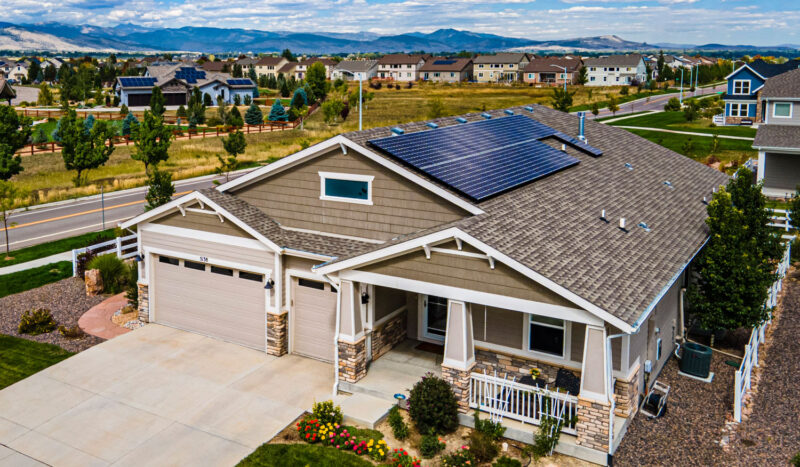
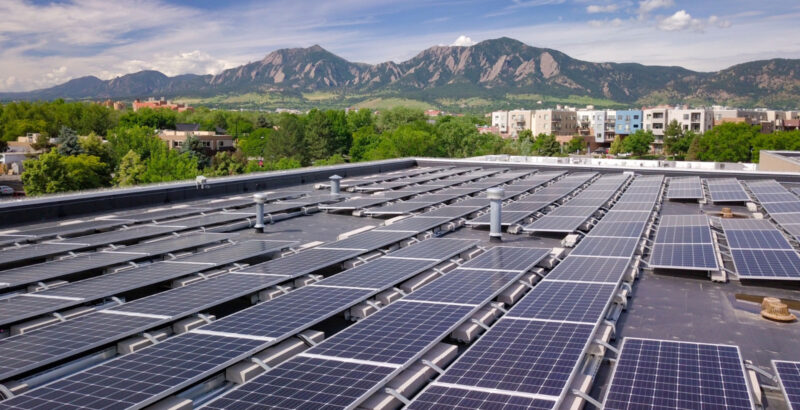
Namaste Solar has been transforming energy and transforming business since 2005. Reach out for a no-pressure quote and learn more about how much you can save with solar – including the 30% federal tax credit now available!


We’ve been one of the top-rated Colorado solar companies for the past 19 years, and we want to continue being your Colorado solar company of choice for the next 19 years and beyond. But don’t just believe us – listen to your neighbors! We have the highest Google review rating of any local solar company with over 400 reviews between our Boulder and Denver offices!
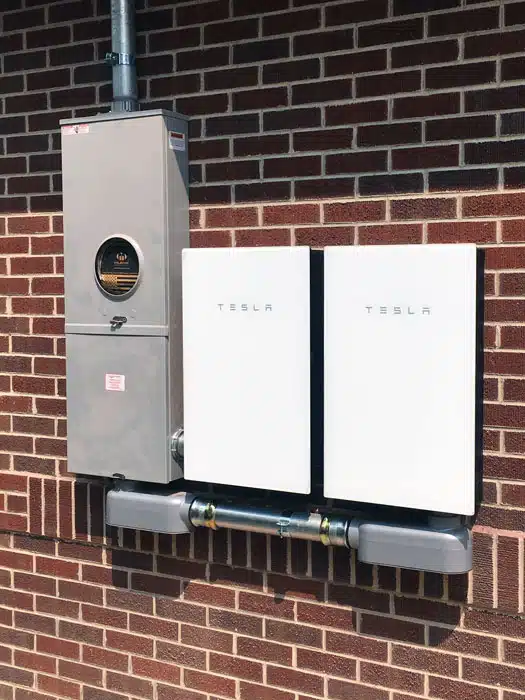
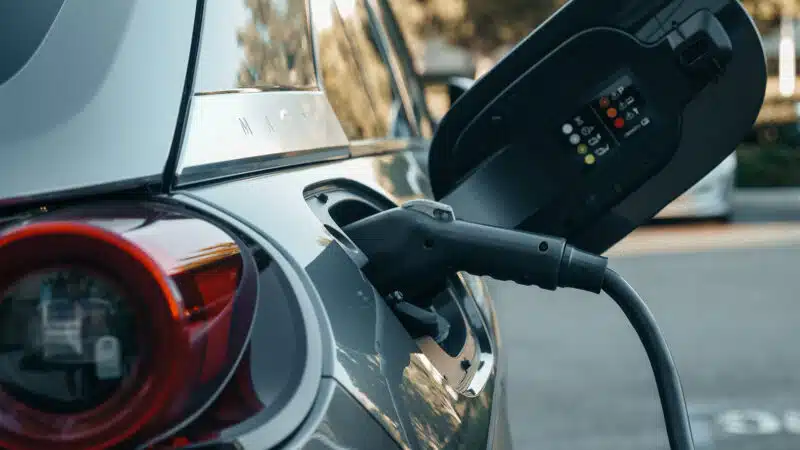
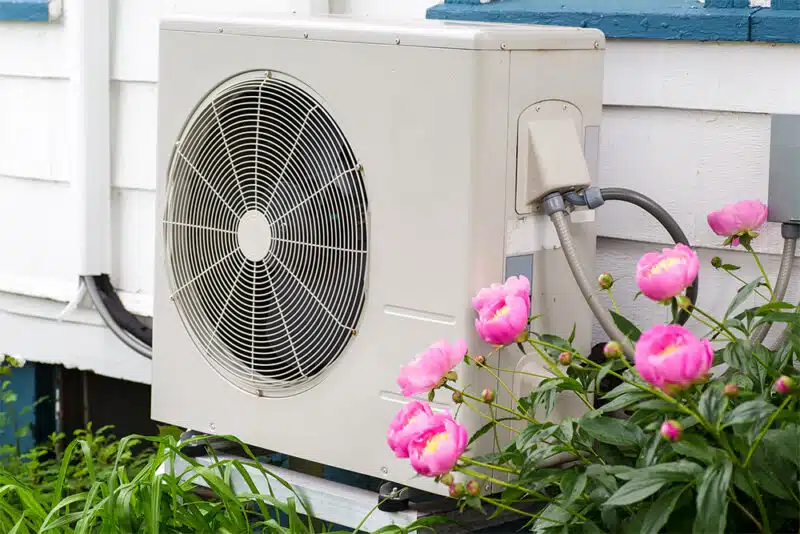
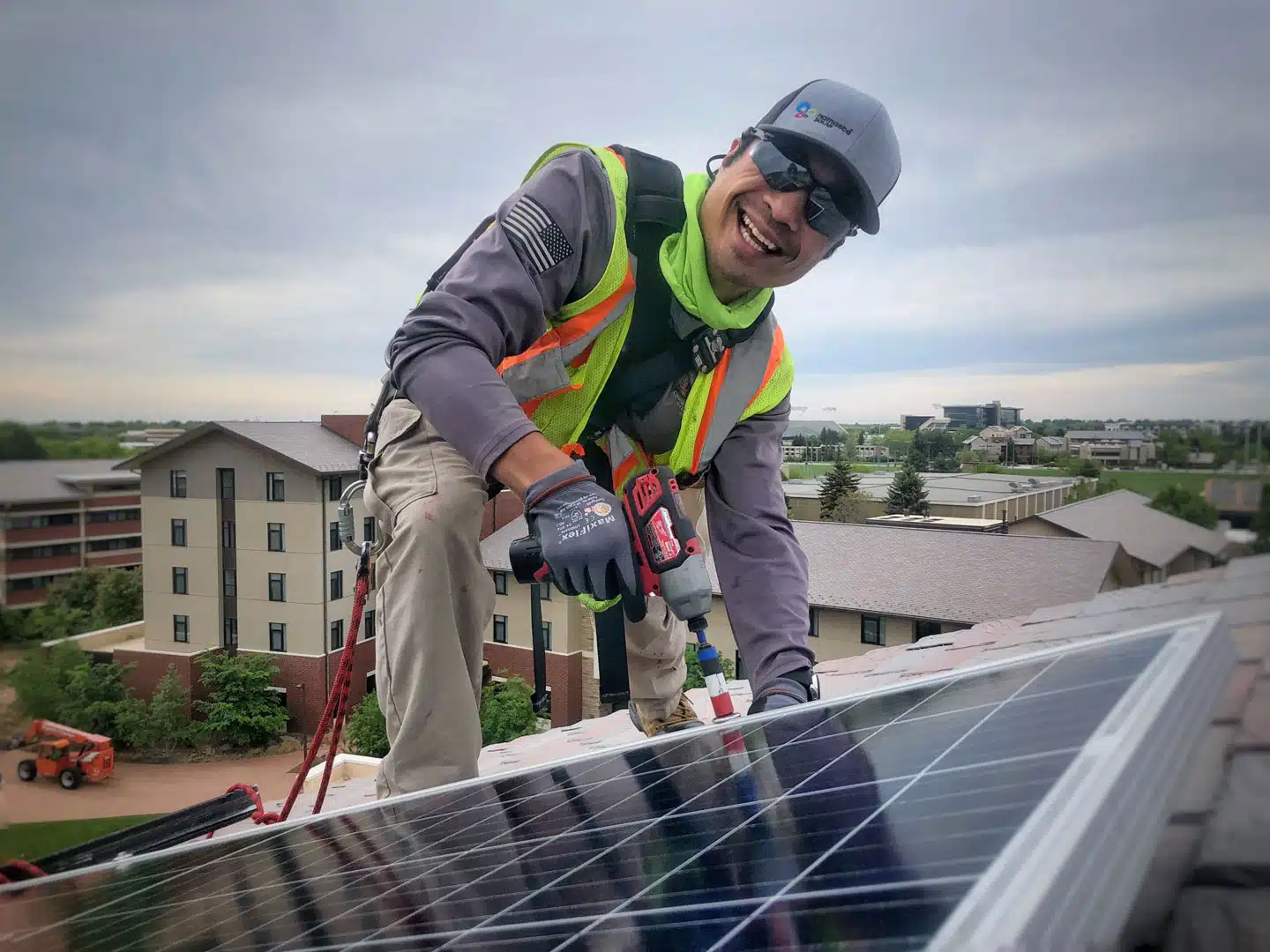
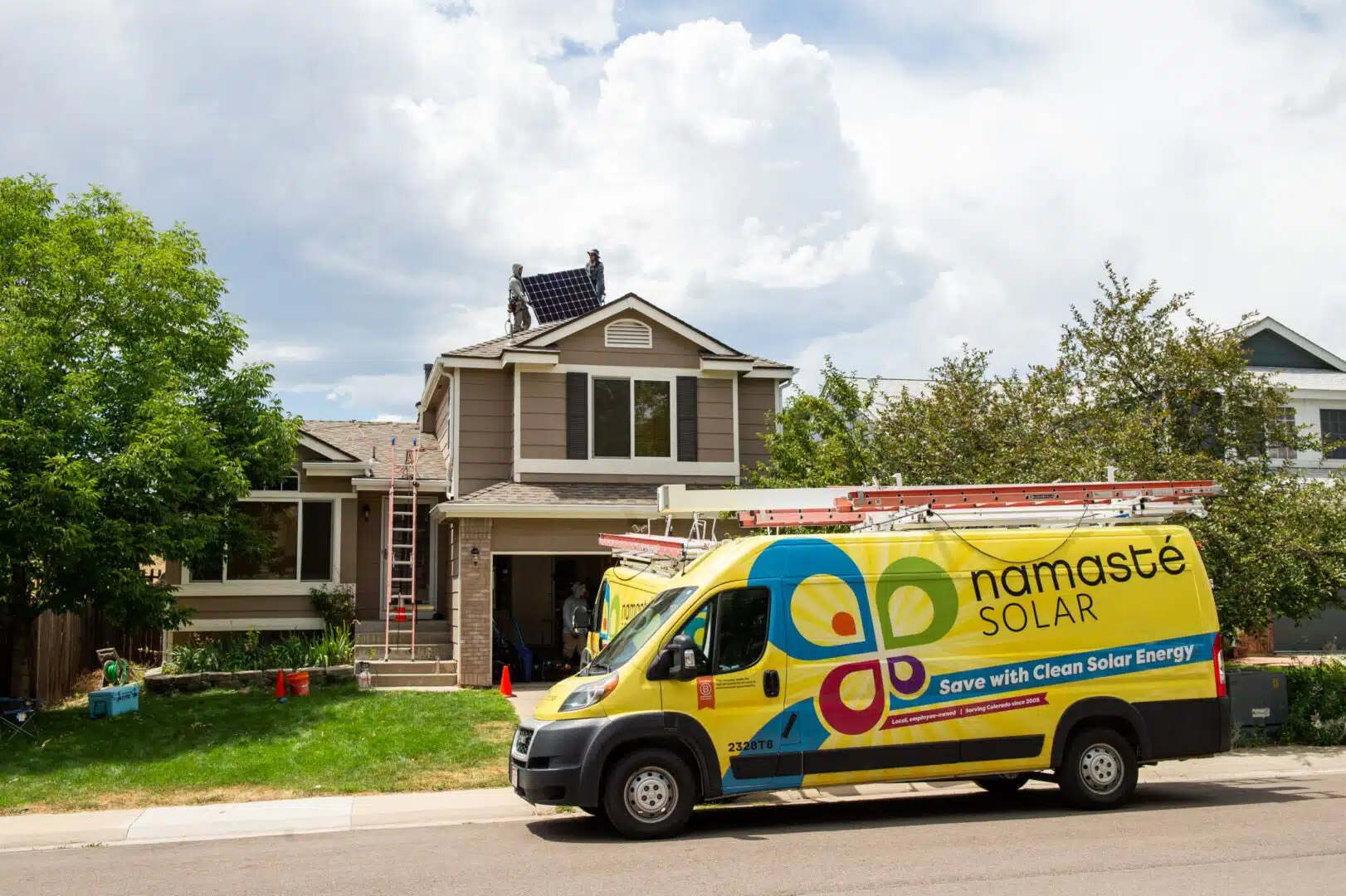

We are here to help you own your power so that you can start saving money while creating a positive impact for the environment. Namaste Solar is a local Colorado solar company with 19 years of experience installing over 12,500 solar power systems and over 185 MW of solar.
As an employee-owned cooperative, we see day in and day out the care and commitment that our employee owners bring to their work. As a certified B Corporation, we recognize that our customers, our communities, and the Earth are all essential parts of our business. As a local Colorado solar company, we do our best to support our communities. This people-centric focus means we always try to do the right thing – even if it’s harder – because we are committed to quality results and creating long-term value.

EMPLOYEE-OWNED
|
CERTIFIED
|
Why are we consistently ranked as one of the top Colorado solar companies? It’s our people! They come here to work for a company that is using business as a force for good. And when you love what you do, why you’re doing it, and the people you work alongside, you do outstanding work. Check out our full awards page to see some of the recognition we’ve earned over the years.